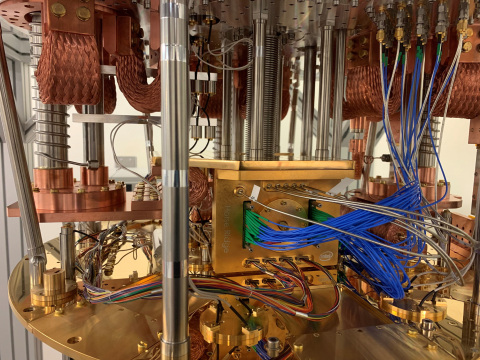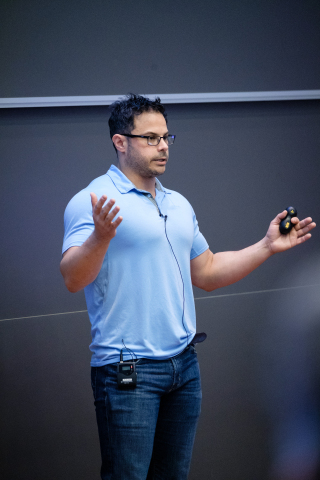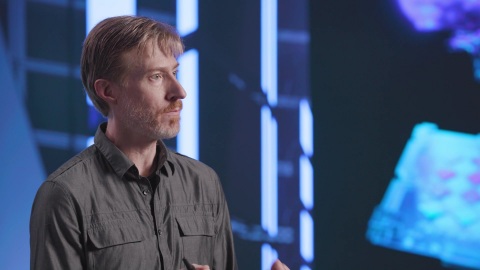CX Solutions Enable Companies to Quickly Deploy Remote Contact Center Technologies to Meet Increasing Demands for Customer Engagement
– VoiceFoundry, a TTEC Digital Company, is one of the first AWS Consulting Partners to quote and contract end-to-end customer experience as a service solutions (CXaaS) in AWS Marketplace
– AWS Marketplace streamlines purchasing and billing for software and related professional services like CX solutions, enabling companies to procure remote workforce technology quickly
PR Newswire
DENVER, Dec. 3, 2020 /PRNewswire/ — VoiceFoundry, a TTEC Digital Company (NASDAQ: TTEC), announced today that it is participating in the launch of Professional Services in AWS Marketplace by being one of the first to provide end-to-end customer experience as a service solutions (CXaaS). Amazon Web Services (AWS) customers can now find and purchase professional services from VoiceFoundry in AWS Marketplace, a curated digital catalog of software, data, and services that make it easy to find, test, buy, and deploy software and data products that run on AWS. As a participant in the launch, VoiceFoundry is one of the first AWS Consulting Partners to quote and contract services in AWS Marketplace to help customers implement, support, and manage their software on AWS. Click here for more information on our work with Amazon Connect and AWS.
As organizations migrate to the cloud, they want to use their preferred software solutions on AWS. AWS customers often rely on professional services from VoiceFoundry to manage their software in the cloud. Until now, AWS customers had to find and contract professional services outside of AWS Marketplace and could not identify software and associated services in a single procurement experience. With professional services from VoiceFoundry available in AWS Marketplace, customers have a simplified way to purchase and be billed for both software and related services in a centralized place. Customers can further streamline their purchase of software with standard contract terms to simplify and accelerate procurement cycles.
VoiceFoundry orchestrates end-to-end customer-centric solutions in the cloud for enterprise clients and is an industry leader in deploying Amazon Connect as well as other AWS services. The launch highlights a trending shift to create intelligent interactions across all engagement channels.
“With Professional Services in AWS Marketplace, we can now provide full solutions that include third party software and our first party services to our customers worldwide, quickly and efficiently,” said John Marino, Head of VoiceFoundry and Group Vice President for TTEC’s AWS practice. “We are proud to be one of the first to work with AWS Marketplace on this launch and look forward to additional benefits our continued relationship will bring to our customers.”
About TTEC:
TTEC Holdings, Inc. (NASDAQ: TTEC) is a leading global Customer Experience as a Service (CXaaS) partner for many of the world’s most iconic and disruptive brands. The company delivers outcome-based customer engagement solutions through TTEC Digital, its digital consultancy that designs and builds human centric, tech-enabled, insight-driven customer experience solutions for clients and TTEC Engage, its delivery center of excellence, that operates customer acquisition, care, fraud prevention and detection, and content moderation services. Founded in 1982, the Company’s nearly 56,200 employees operate on six continents across the globe and live by a set of customer-focused values that guide relationships with clients, their customers, and each other. To learn more about how TTEC is bringing humanity to the customer experience, visit https://www.ttec.com/.
contact
Liesl Perez
[email protected]
+1.303.551.1417
![]() View original content to download multimedia:http://www.prnewswire.com/news-releases/voicefoundry-a-ttec-digital-company-helps-support-the-launch-of-professional-services-offerings-in-aws-marketplace-301186108.html
View original content to download multimedia:http://www.prnewswire.com/news-releases/voicefoundry-a-ttec-digital-company-helps-support-the-launch-of-professional-services-offerings-in-aws-marketplace-301186108.html
SOURCE TTEC Holdings, Inc.




















